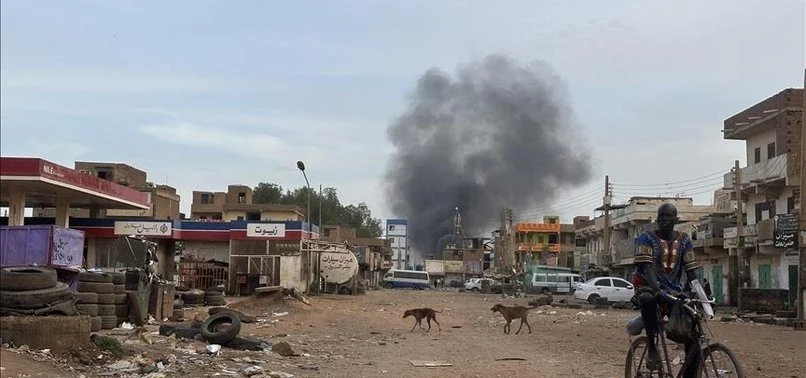In a devastating turn of events, Ethiopia’s northernmost Tigray region has experienced its deadliest series of air strikes since October, according to recent reports from the United Nations. Dozens of civilians are said to have been killed in the past week, marking a grim end to a year of conflict that has already claimed thousands of lives and displaced millions.
The UN’s Office for the Coordination of Humanitarian Affairs (OCHA) reported that air strikes between December 19 and 24 “reportedly led to mass civilian casualties, including dozens of people reportedly killed.” These attacks, which targeted several towns across southern Tigray, represent the most intense series of air assaults and casualties reported in recent months.
This surge in violence comes at a critical juncture in the conflict. Just last week, the Ethiopian government announced that its troops would not advance further into Tigray, signaling a potential pause in the fighting. However, the Tigray People’s Liberation Front (TPLF) rebel group has accused the military of continuing to carry out air strikes in the region, claims that remain unverified due to limited access and insecurity in the area.
The conflict, which began in November 2020 when Prime Minister Abiy Ahmed sent troops into Tigray to topple the TPLF, has had far-reaching consequences. More than two million people have been displaced, and over nine million are in desperate need of food aid, according to UN estimates. The situation on the ground remains “tense and unpredictable,” with aid workers struggling to deliver crucial supplies to those in need.
Adding to the humanitarian crisis, OCHA reported that no trucks carrying aid cargo have entered Tigray since December 14 due to security issues. This blockade of essential supplies threatens to exacerbate the already dire conditions faced by civilians in the region.
The recent air strikes have not only resulted in loss of life but have also damaged critical infrastructure. One attack reportedly destroyed an electrical substation in Mekele, the regional capital, further complicating relief efforts and civilian life in the area.
Despite these setbacks, there may be a glimmer of hope. The TPLF announced a retreat to Tigray last week, potentially marking a turning point in the war. However, the recent escalation in air strikes raises questions about the prospects for a lasting ceasefire and the path to peace in the region.
As the international community watches closely, the people of Tigray continue to bear the brunt of this protracted conflict. With the humanitarian situation deteriorating and civilian casualties mounting, the need for a peaceful resolution and unhindered access for aid organizations has never been more urgent.























